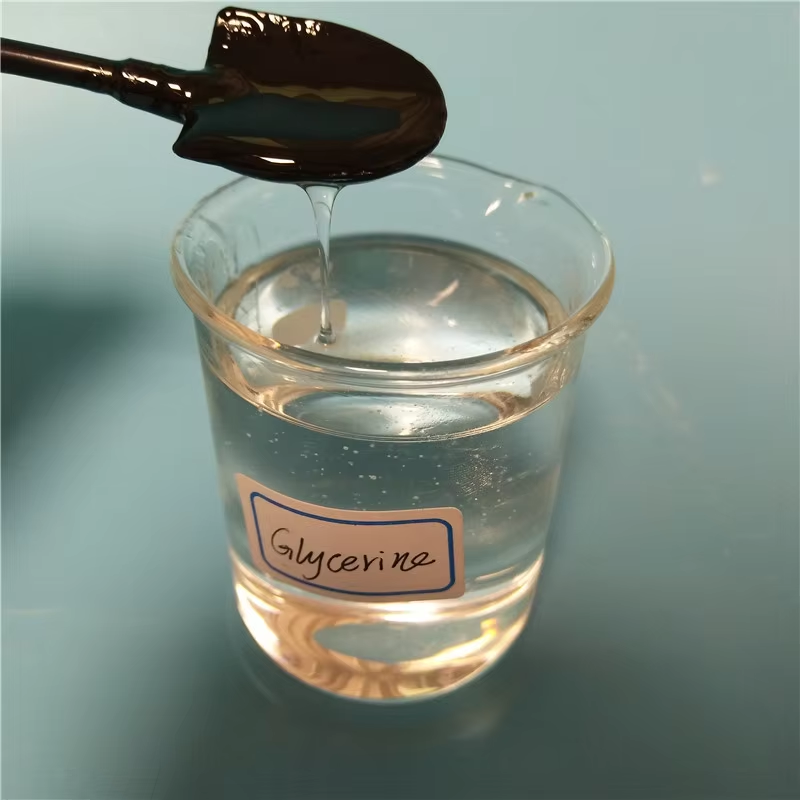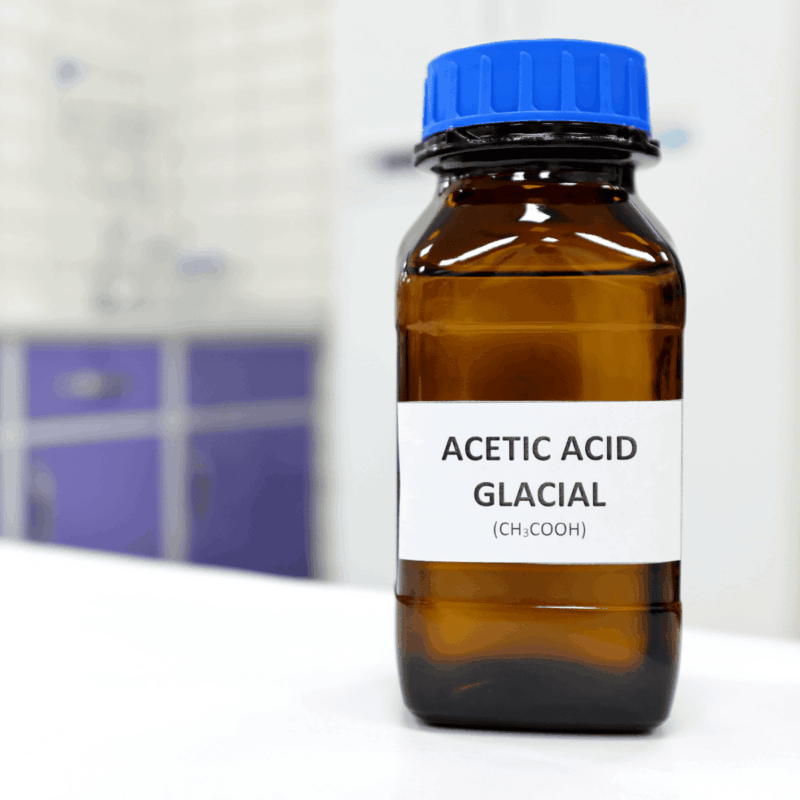Glycerin / Hydroxypropane (C3H8O3)
Glycerin Glycerin is a clear, colorless, odorless, and viscous liquid well-known for its purity and stability. It possesses excellent hygroscopic and humectant properties, making it widely recognized as a versatile base material in various industries. Synonyms Glycerol ; 1,2,3-Propanetriol ; Hydroxypropane Formula C₃H₈O₃ CAS No 56-81-5 HS Code 29054500 Industries We Serve Pharmaceutical Industry Personal Care and Cosmetics Industry Food and Beverage Industry Chemical Industry Tobacco Industry Textile Industry Paper Industry Explosives Industry Automotive and Aerospace Industry Agriculture Industry Leather Industry Adhesives and Sealants Soap and Detergent Industry Applications Used as a solvent in the formulation of oral medicines. Key ingredient in glycerin suppositories. Included in creams, ointments, and gels for its moisturizing and soothing properties, aiding in the treatment of dry skin conditions. Used in lotions, creams, and serums to attract and retain moisture in the skin, preventing dryness. Used in soaps and facial cleansers. Used in shampoos, conditioners, and styling products. Used as a sweetener and humectant in various food products, including baked goods, candies, and beverages. Used as an energy source in animal feed. Used in some fertilizers to improve nutrient delivery. Used as a reagent in various laboratory processes. Used to condition and soften leather. Byproduct of biodiesel production. Used in the production of printing inks. Used in sugar-free and low-calorie foods as a sugar substitute. Used as a raw material in the production of alkyd resins, which are utilized in paints, coatings, and varnishes. Used in the manufacture of polyurethane foams for insulation, furniture, and automotive applications. Used to condition and soften yarns and fabrics in the textile industry. Used in paper coatings to enhance flexibility, improve durability, and add gloss to the finished product. Used in tobacco products to maintain moisture levels. Key ingredient in the production of nitroglycerin. Used in some antifreeze formulations as a non-toxic alternative to ethylene glycol. Used in certain types of brake fluids for its lubricating properties and ability to absorb moisture in the automotive industry.


